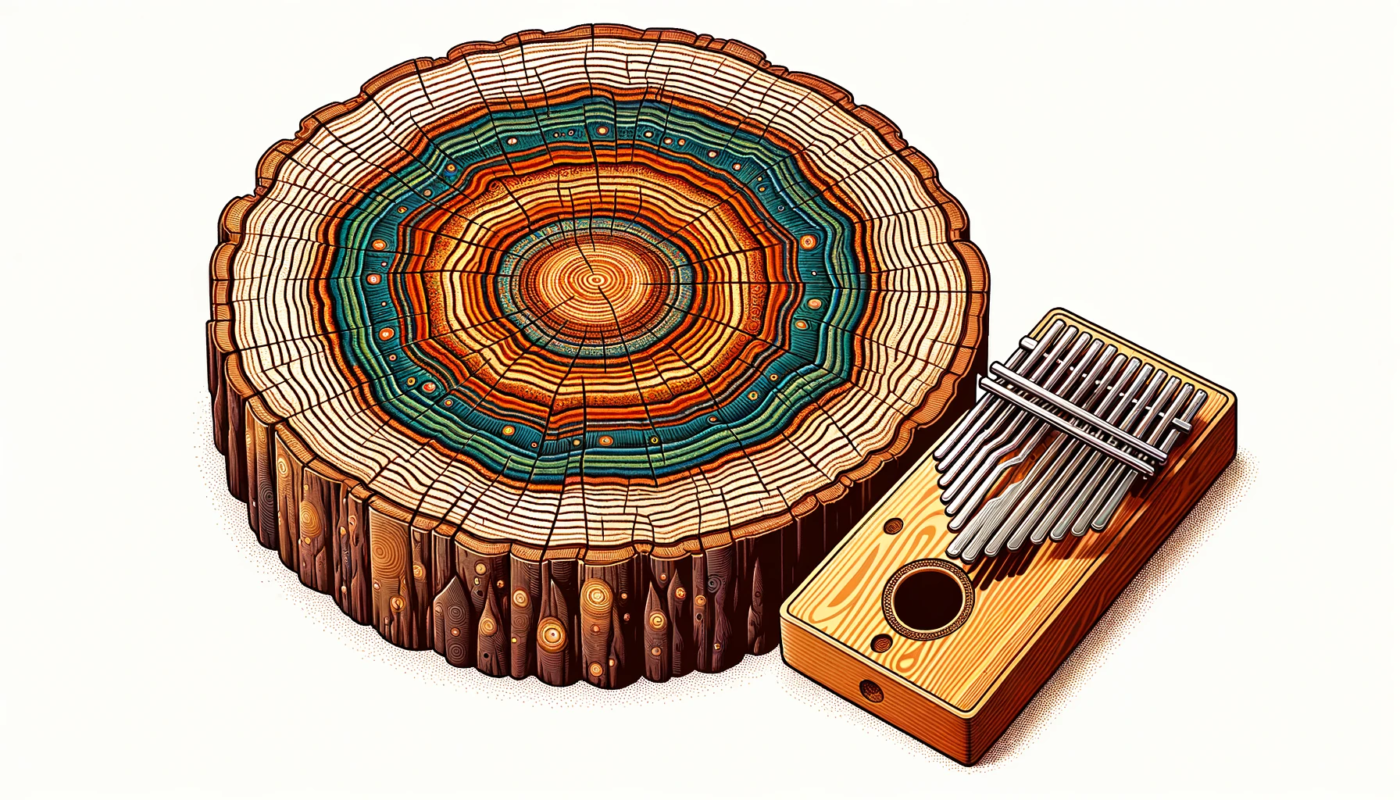Kalimba Craftsmanship Exploration
Exploring the Mystery of Color Variation in Kalimbas
The kalimba, a gem in the world of music, is admired for its unique sound and exquisite craftsmanship. However, for many who are buying or researching this instrument for the first time, the color variation of the instrument’s body may pose a mystery. Why do kalimbas made from the same type of wood show color differences? This article delves into the reasons behind this phenomenon.
1. Natural Wood Color Variation
Wood is a living material, and each piece has its own unique grain and color. This means that even two boards cut from the same tree can have subtle differences. Additionally, factors like sunlight, soil type, and rainfall that the wood was exposed to during its growth can result in color variations.
2. Color Variation Due to Laminating Process
To ensure stability and reduce the chances of cracking, imported wood, after being turned into boards, often undergoes a laminating process. This process involves joining several pieces of wood together to form a single, larger board. Even though these pieces might come from the same original wood, the natural variations in wood and the manner of joining can result in subtle color differences in the laminated board. This technique not only increases stability but also effectively prevents cracking due to environmental changes.
Conclusion
The color variation in kalimbas is caused by multiple factors, including the unique attributes of natural wood and the laminating process. As we appreciate this beautiful instrument, we should also cherish its every uniqueness, as these variations make each kalimba a one-of-a-kind piece of art.

